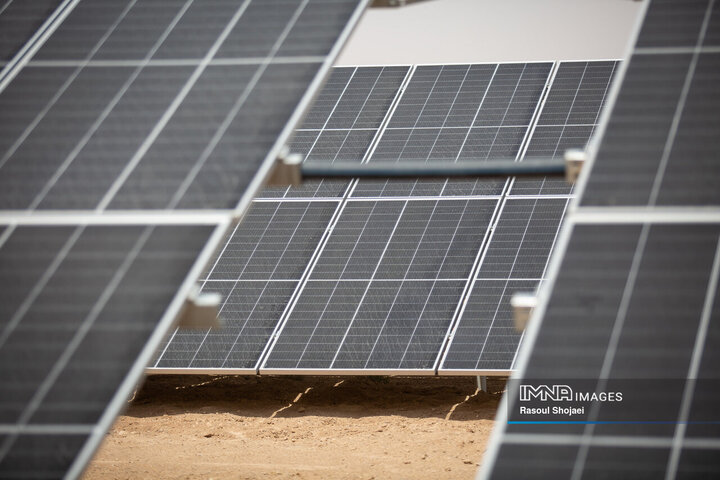Iran (IMNA) - Over the past year and a half, the council has thoroughly examined models for wind power plants and solar power plants. After extensive discussions, a final decision was reached on Wednesday night.
Under the approved plan, the Ministry of Energy will purchase the electricity generated by the wind power plants at a rate of 9.5 cents per unit for a duration of four and a half years. After this period, the owners of the power plants will have the option to trade the electricity on the Iran Energy Exchange (IRENEX).
The self-regulatory commodity exchange, as outlined in its statute, mandates the listing and trading of all energy carriers and energy-based derivatives, including oil, gas, and electricity, on one of the IRENEX markets. This approach aims to foster a market characterized by transparency, efficiency, and liquidity.
According to Kamani, the sites for constructing an impressive 40,000 MW of renewable energy capacity have already been identified. Initially, tenders will be held for four sites in provinces such as Razavi, South Khorasan, Sistan and Baluchistan, and Zanjan to build wind power plants.
In subsequent phases, tenders will be conducted in ten additional provinces, including Kerman and Semnan, where the necessary appraisals have already been completed.
Kamani highlighted that the initial 3,000 MW capacity is expected to be integrated into the national grid within five years. Wind power plants typically require more time for construction compared to solar power plants.
Iranian officials have previously stated that the country has the potential to install 30,000 MW of wind power and 10,000 MW of solar power capacity, emphasizing their commitment to advancing renewable energy sources.
In recent news, Iran currently has approximately 450 MW of wind power installed and an additional installed capacity of about 440 MW from solar installations. This information comes as Iran, a signatory of the 2015 Paris climate agreement, joins 195 nations in their commitment to limiting carbon emissions. In Iran's intended nationally determined contribution (INDC) submitted in 2015, the country pledged to reduce greenhouse gas emissions by 4% (unconditionally) and up to 12% (conditionally with international support) by 2030, compared to a business-as-usual scenario.
However, Iran faced setbacks when former US President Donald Trump reimposed sanctions on the country in May 2018. Prior to this, the Islamic Republic had expected its renewable capacity to expand significantly over the next five years, possibly growing sevenfold.
Unfortunately, several European companies, including Norway's Saga Energy, British firm Quercus, and Dutch energy firm Global Renewables Investments (GRI), have recently canceled their plans to develop renewable capacities worth billions of dollars in Iran. Saga Energy, for instance, abandoned a $2.9 billion deal to install 2,380 MW of renewable capacity in the oil-producing nation. Similarly, Quercus had signed an agreement to contribute to the construction of the world's sixth-largest solar farm in central Iran, investing over half a billion euros. GRI had ambitious plans to establish solar and wind farms capable of generating up to 1,700 MW of electricity.
In the realm of socio-economic development, energy reigns supreme. Its pivotal role in propelling industrial infrastructures, fostering economic growth, and enhancing lifestyles cannot be overstated.
As policymakers around the world adopt a more holistic approach, they are increasingly scrutinizing various energy sources for their safety and sustainability. The consensus is clear: embracing a diverse energy portfolio, one that combines different power production methods, is the most prudent choice. By avoiding over-reliance on a single resource, we can mitigate the myriad risks posed by natural or manmade disasters, ensuring a stable and sustainable energy supply.
For Iran, bolstering its renewable capacity holds the key to liberating a significant amount of natural gas currently consumed by thermal power plants. This surplus can then be redirected towards export pipelines, unlocking new economic opportunities.
Currently, Iran's electricity consumption relies heavily on fossil fuels, which account for over 90% of the energy mix. Among these, gas holds the lion's share, contributing to approximately 80% of the country's power output. The remaining energy comes from a combination of hydropower, coal, nuclear, and non-hydro power renewables.
Of the low-carbon energy sources, hydropower takes the lead, providing nearly 4.5% of the national electricity supply. Additionally, nuclear energy plays a small yet pivotal role, contributing approximately 1% to the overall energy mix.


Your Comment